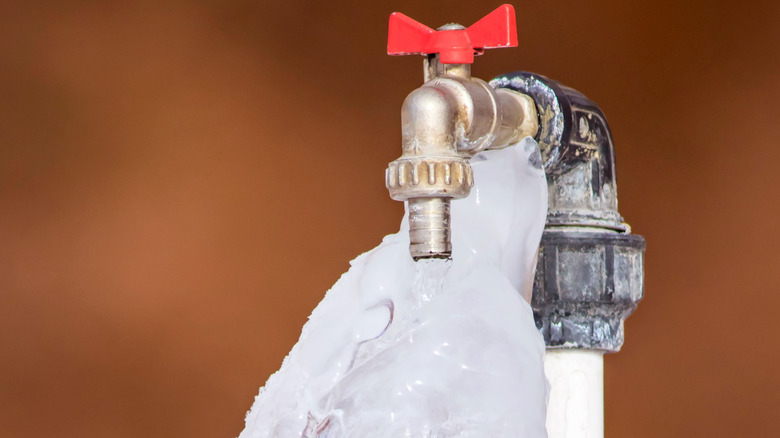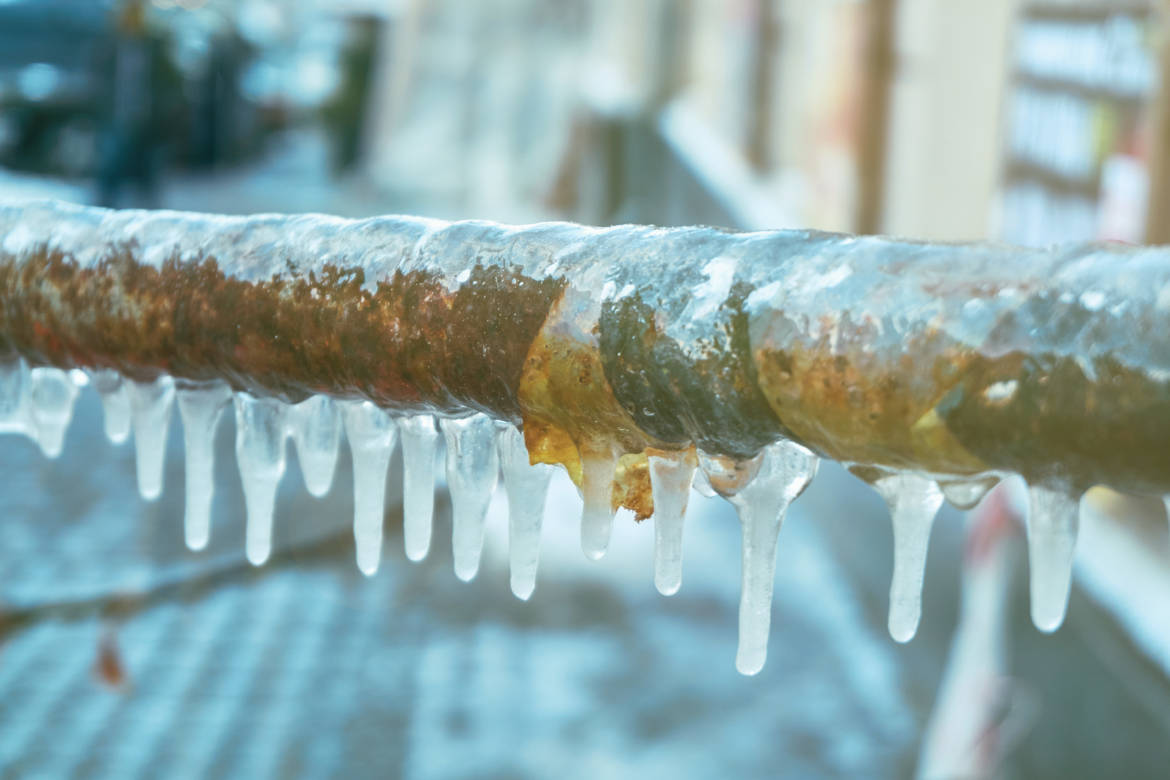Just how do you feel in relation to Helpful Tips to Prevent Frozen Pipes this Winter?

Winter can ruin your pipes, particularly by freezing pipes. Here's just how to avoid it from occurring and what to do if it does.
Intro
As temperatures decline, the danger of icy pipes rises, potentially bring about costly fixings and water damage. Comprehending just how to prevent frozen pipelines is essential for house owners in cool environments.
Recognizing Frozen Pipelines
What causes pipelines to ice up?
Pipes ice up when revealed to temperature levels listed below 32 ° F (0 ° C) for extended durations. As water inside the pipes freezes, it broadens, taxing the pipeline walls and potentially triggering them to break.
Threats and problems
Frozen pipes can bring about supply of water interruptions, residential property damages, and pricey fixings. Ruptured pipelines can flood homes and trigger considerable architectural damages.
Indicators of Frozen Water Lines
Determining frozen pipes early can avoid them from breaking.
How to determine icy pipes
Try to find lowered water circulation from faucets, uncommon odors or noises from pipes, and visible frost on subjected pipes.
Prevention Tips
Shielding prone pipes
Wrap pipelines in insulation sleeves or use warm tape to shield them from freezing temperatures. Concentrate on pipes in unheated or exterior areas of the home.
Home heating strategies
Keep interior areas properly heated up, particularly locations with pipes. Open up closet doors to permit cozy air to distribute around pipelines under sinks.
Protecting Exterior Plumbing
Garden pipes and outdoor faucets
Separate and drain pipes yard hoses before wintertime. Mount frost-proof faucets or cover exterior faucets with protected caps.
What to Do If Your Pipes Freeze
Immediate activities to take
If you believe frozen pipes, keep faucets available to eliminate pressure as the ice thaws. Utilize a hairdryer or towels soaked in warm water to thaw pipes slowly.
Long-Term Solutions
Architectural changes
Think about rerouting pipes away from exterior wall surfaces or unheated locations. Include added insulation to attics, cellars, and crawl spaces.
Upgrading insulation
Buy high-grade insulation for pipes, attic rooms, and wall surfaces. Appropriate insulation assists maintain constant temperature levels and reduces the risk of frozen pipes.
Conclusion
Avoiding frozen pipes requires proactive measures and fast feedbacks. By recognizing the reasons, indicators, and safety nets, house owners can safeguard their plumbing during cold weather.
5 Ways to Prevent Frozen Pipes
Drain Outdoor Faucets and Disconnect Hoses
First, close the shut-off valve that controls the flow of water in the pipe to your outdoor faucet. Then, head outside to disconnect and drain your hose and open the outdoor faucet to allow the water to completely drain out of the line. Turn off the faucet when done. Finally, head back to the shut-off valve and drain the remaining water inside the pipe into a bucket or container. Additionally, if you have a home irrigation system, you should consider hiring an expert to clear the system of water each year.
Insulate Pipes
One of the best and most cost-effective methods for preventing frozen water pipes is to wrap your pipes with insulation. This is especially important for areas in your home that aren’t exposed to heat, such as an attic. We suggest using foam sleeves, which can typically be found at your local hardware store.
Keep Heat Running at 65
Your pipes are located inside your walls, and the temperature there is much colder than the rest of the house. To prevent your pipes from freezing, The Insurance Information Institute suggests that you keep your home heated to at least 65 degrees, even when traveling. You may want to invest in smart devices that can keep an eye on the temperature in your home while you’re away.
Leave Water Dripping
Moving water — even a small trickle — can prevent ice from forming inside your pipes. When freezing temps are imminent, start a drip of water from all faucets that serve exposed pipes. Leaving a few faucets running will also help relieve pressure inside the pipes and help prevent a rupture if the water inside freezes.
Open Cupboard Doors
Warm your kitchen and bathroom pipes by opening cupboards and vanities. You should also leave your interior doors ajar to help warm air circulate evenly throughout your home.

Hopefully you enjoyed our post on How to Prevent Your Pipes From Freezing. Thank you for taking time to read through our piece of content. I beg you take a moment to distribute this blog if you appreciated it. Thank you so much for going through it.
Website
Comments on “Protecting Your Pipes from Freezing: Best Tips”